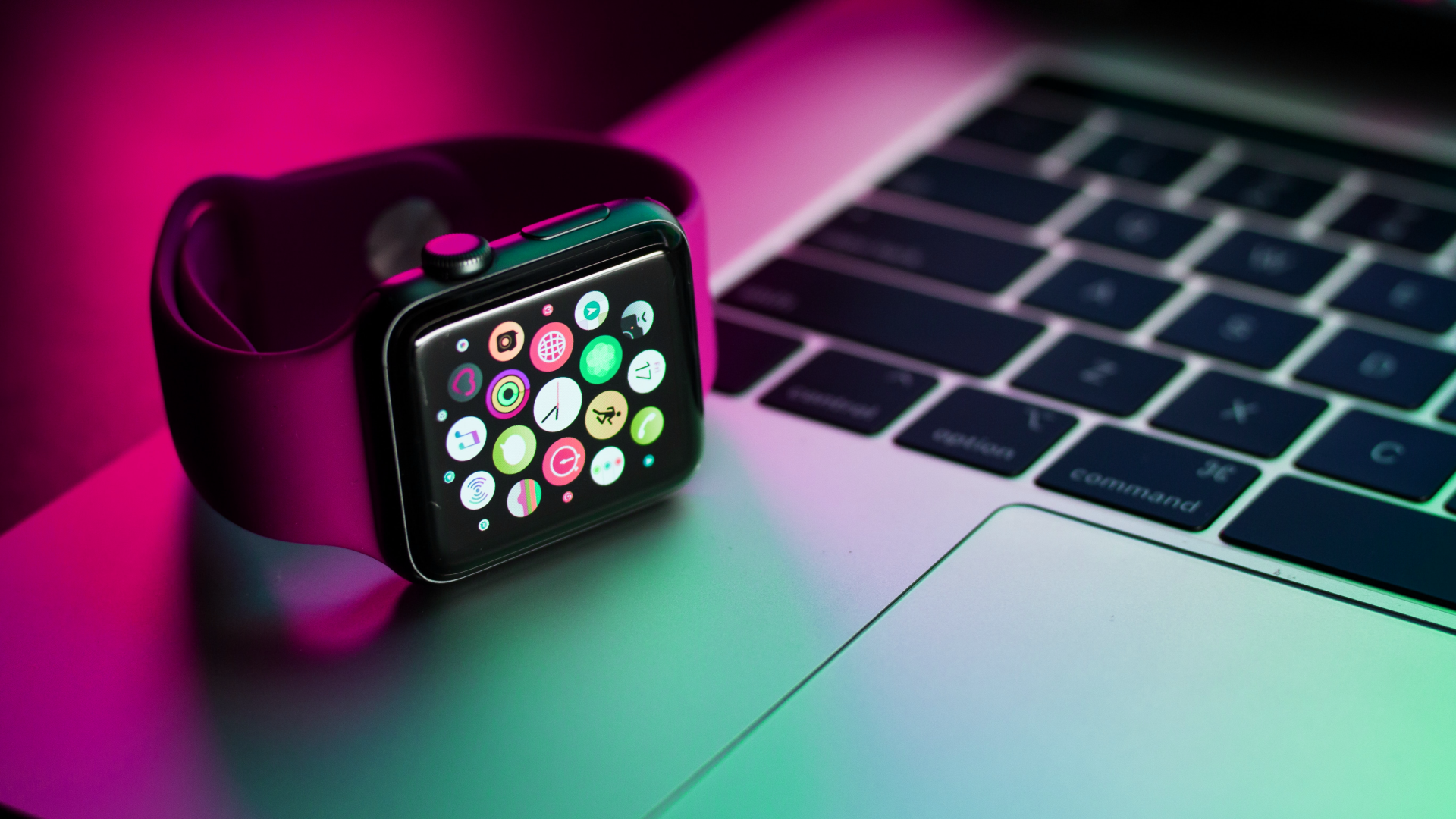Apple has always had an underlying focus on health data and wearable tech, but its iOS 15 update will provide a level of medical detail and accessibility never seen before.
Apple is currently in day six of its Worldwide Developers Conference for 2021. That’s right, it really has been a year already.
Every June since the late 80s, millions of tech fans have tuned in for the keynote events at Apple’s flagship event. In the last 10 years, as you’ll have no doubt noted, the requisite headlines have been grabbed by promises of gradually thinner iPhones, iPads, iMacs, and MacBooks.
Truthfully, recent conferences have seemed a bit of a stretch to get people forking out for slightly more sophisticated hardware with more cameras and heightened specs. In terms of Steve Jobs’ original ethos of invention for the greater good, things have definitely tailed off.
That being said, this year’s focus on software – with the upcoming rollout of iOS 15 in mind – is providing us with a number of genuinely meaningful upgrades to the tech we already have.
Chief among them, considering the tumultuous year we’ve just had, is a comprehensive overhaul of Apple Health’s features which may help us keep tabs on our loved ones around the clock.


User upgrades to Apple Health
It’s safe to say Covid-19 has given us a big wakeup call as to what our main priorities are, and Apple, to its credit, is clearly catering to these changes.
On Monday (June 7th), the tech giant announced a bunch of enhancements for its Health app which will reportedly provide a level of medical detail and accessibility we’ve yet to see on mobile.
In essence, Apple has taken the principles of a social messaging app and combined it with what Health already had. Metrics recorded on people’s overall heartrate, movement, and changes to mobility will be displayed in group-chats where follow up conversations can be had.
When it comes to vulnerable family members, caregivers can even request alerts (denoted by a yellow warning symbol) which will notify them in real time if the feature records a notable shift in body data. This could potentially snuff out health issues before they become emergencies.
To help those at increased risk of falling or with general mobility issues, Apple has also included steadiness exercises tested through a clinical study with over 100,000 participants.
‘Many people around the world are caring for someone, and we want to provide a secure and private way for users to have a trusted partner on their health journey,’ said Jeff Williams, Apple’s chief operating officer, in a statement.




















